
From creatures the size of office blocks to those that are only visible when viewed under a microscope, the following 10 newly-discovered animals, plants, and microbes are both beautiful and bizarre.
Every year, on May 23rd, the College of Environmental Science and Forestry announces the “Top 10 New Species” as a tribute to the birthday of taxonomy’s founding father, Carl Linnaeus. Started in 2008, this list is meant to serve as a timely reminder of our planet’s species and that as many as 20,000 species go extinct every year. Below you’ll find 10 of the new-discovered species of 2018.
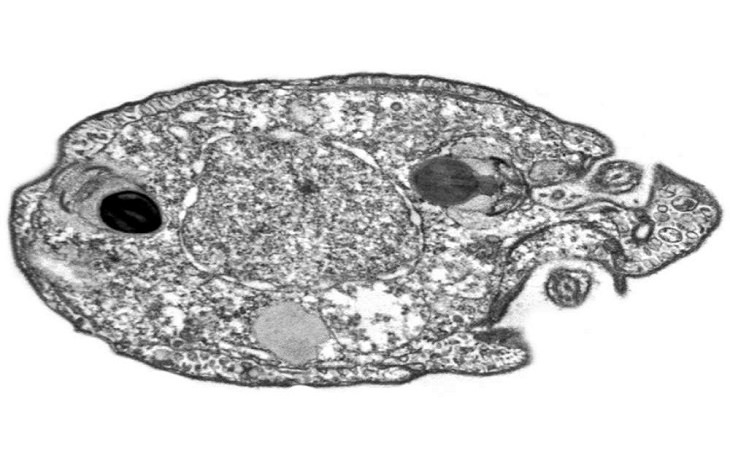
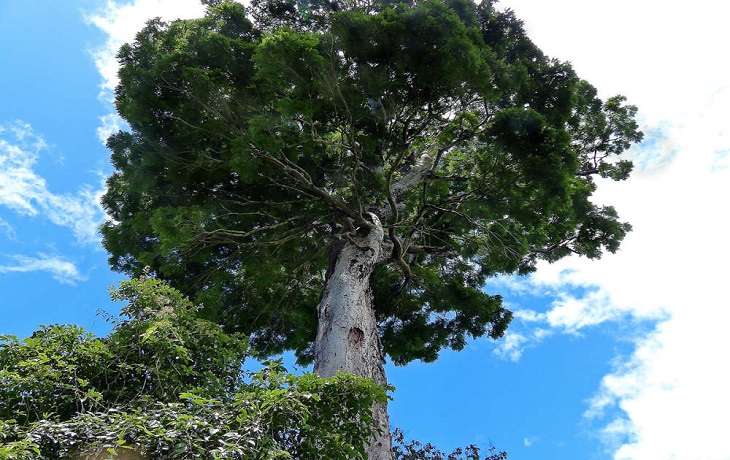
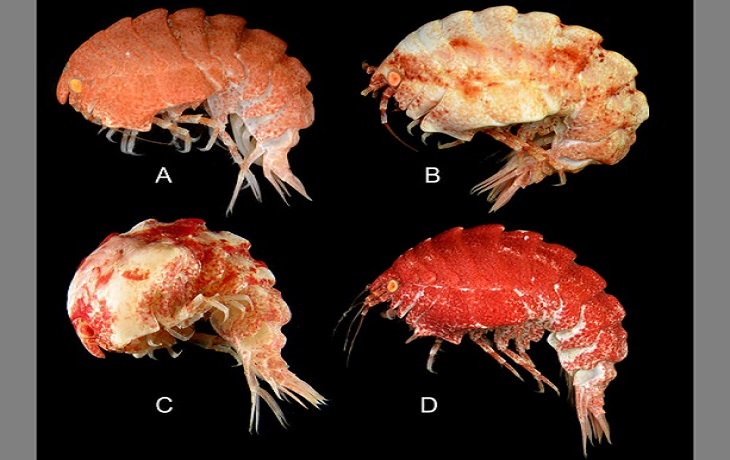
With its somewhat humped back, it’s really easy to see where this 2-inch amphipod got its name from. This tiny creature lives in chilly waters south of the Polar Front. This is just one of 26 species belonging to the same genus of crustacean that is abundant in the Antarctic Ocean.
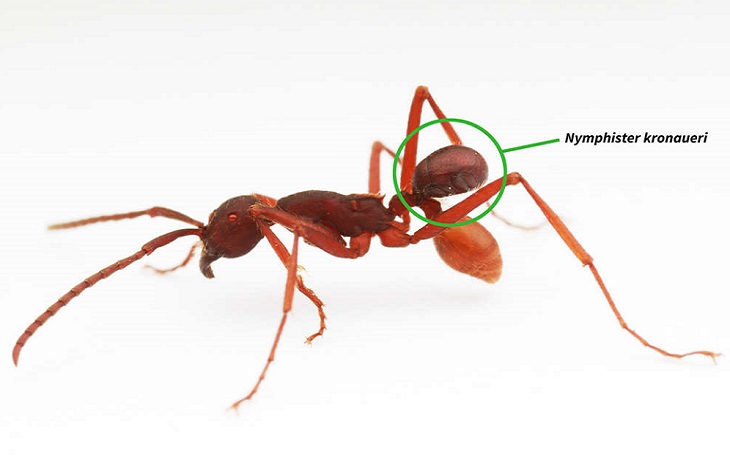
This tiny beetle, at only 1.5 millimeters long, lives alongside a species of nomadic army ant. Every couple of weeks, when the ant colony moves, so do the beetles. The beetle’s body is the same size, shape, and color as the ants’. When the ants are moving to a new location, the beetles use their mouths to latch on to an ant’s abdomen, so that they can get a free ride. The beetles also have a chemical signal that keeps them from becoming prey, but scientists haven’t quite worked out what that is.
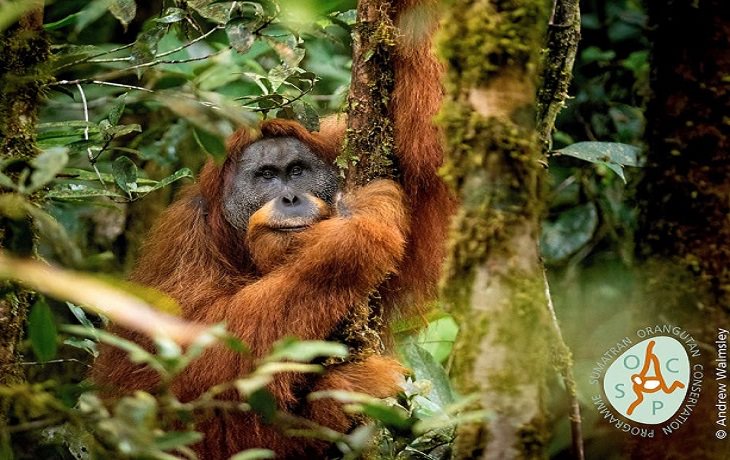
These are the most endangered great apes in the world. In fact, scientists estimate that there are only 800 of these living across 250,000 fragmented acres of hills and forests. Morphometric, behavioral, and genomic evidence has shown that these isolated orangutans are different from those found in Sumatra and Borneo. They probably diverged from other orangutans over 3.8 million years ago.
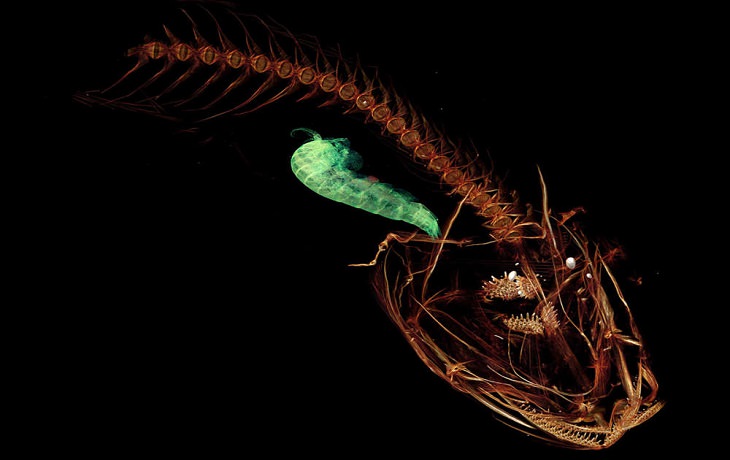
This fish, which looks more like a tadpole, was discovered in the depths of the Mariana Trench (between 22,000 and 26,000 feet). Despite being just 10 centimeters long (4 inches), this fish is a fierce predator.
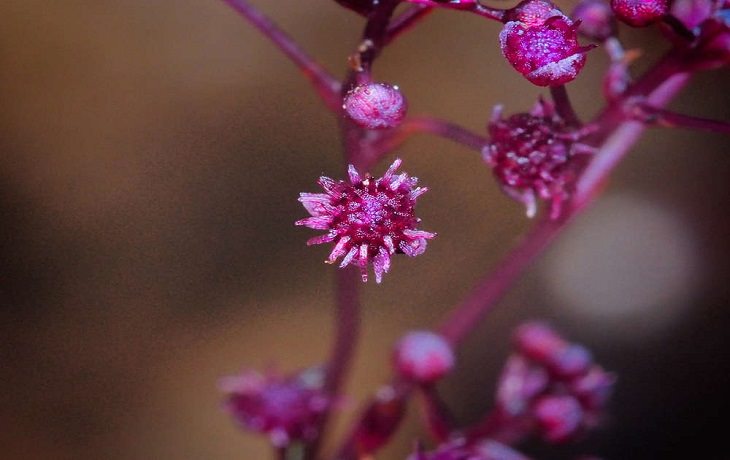
Takaomi Sugimoto
This beautiful flower, which blooms in September and October, lives in symbiotic harmony with a fungus on Ishigaki Island, Japan. While most plants gain energy and nutrition from the sun in a process known as photosynthesis, this flower receives its nutrition from the fungus without harming it. This plant only reaches about 4 inches in height and it is critically endangered, with only about 50 plants existing on the island.
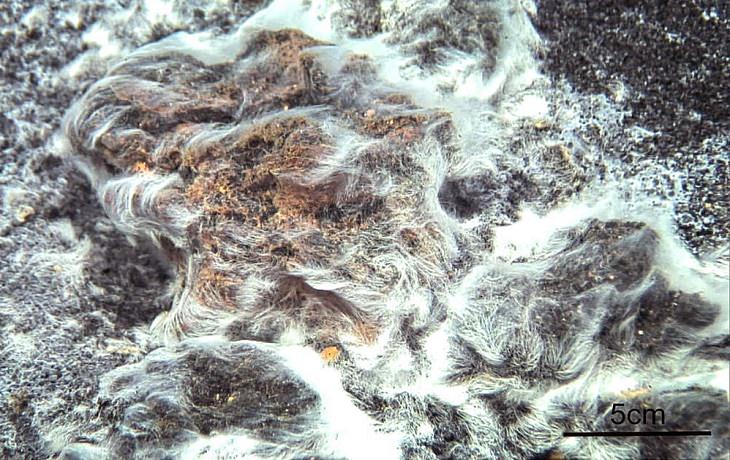
Three years after a volcanic eruption wiped out much of the ecosystem off the coast of the Canary Islands, scientists have found new proteobacteria colonizing the ocean floor. This new species produces long, hair-like structures that form a white mat extending nearly half an acre and 130 meters deep. The bacteria is actually helping pave the way for a new ecosystem.
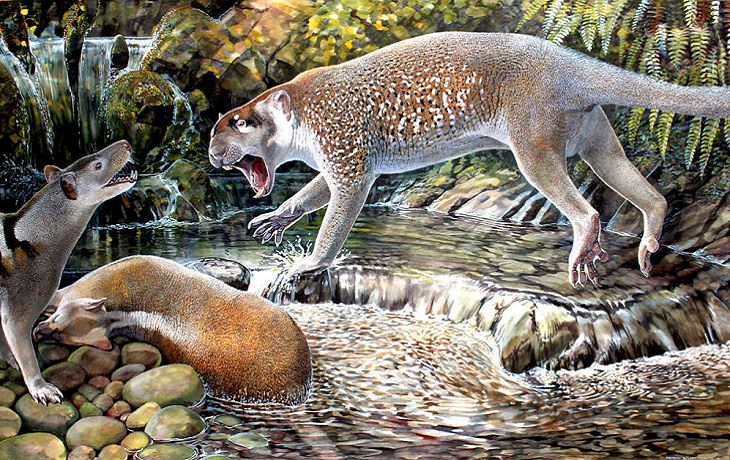
Recently uncovered fossils from 23 million years ago have revealed that an omnivorous 50-pound (23 kilogram) marsupial lion used to roam north-western Australia. Scientists believe that this predator spent the majority of its time in the trees and that it was one of two species of marsupial lions that were present on the continent.
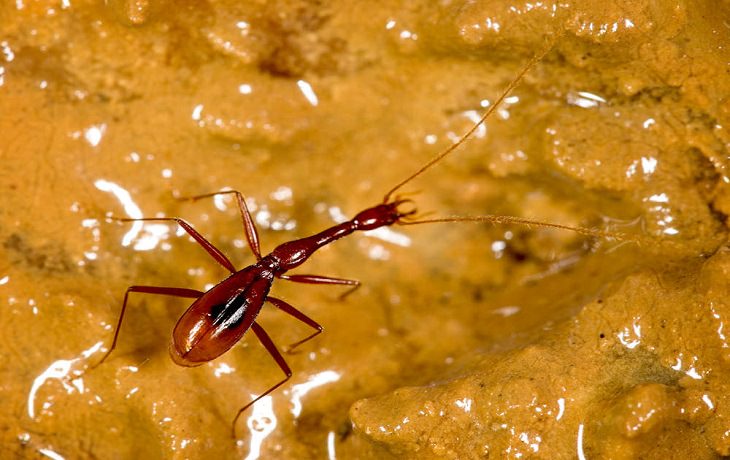
Since it lives its whole life in permanent darkness, this beetle has a compact body, spider-like legs, and has lost its eyes, pigmentation, and wings. This ground beetle, which is less than half-an-inch long, resides in a part of southern China that is home to the greatest diversity of cave-dwelling beetles in the world.
Source: iflscience
Images: depositphotos